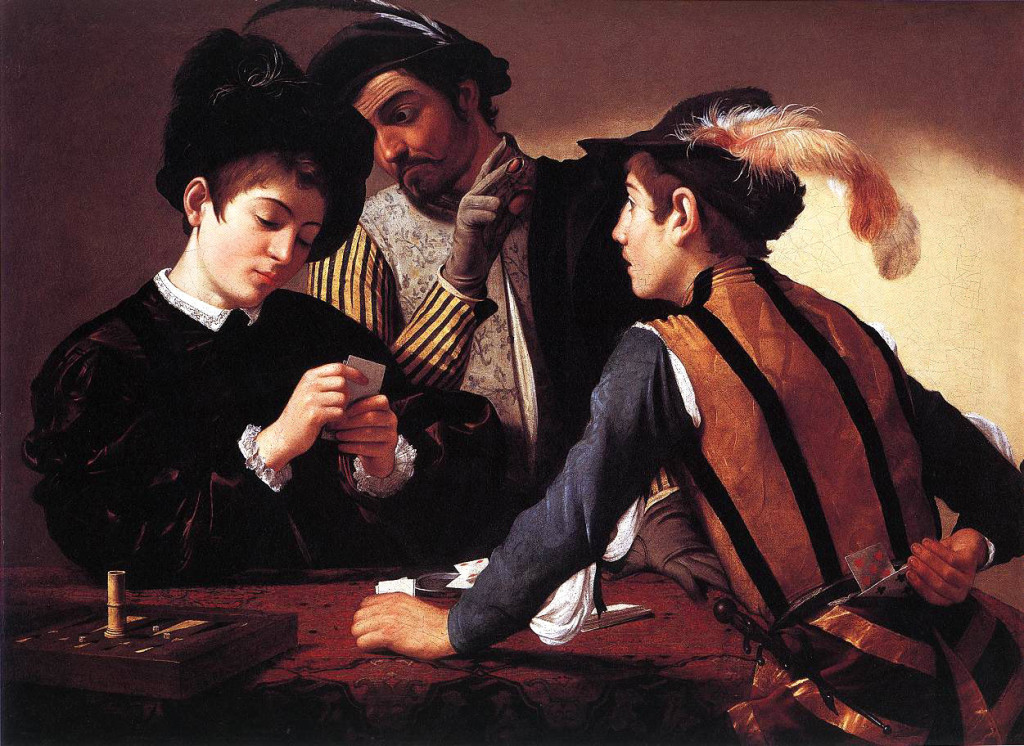The artist who crosses time thanks to his skill
We discover the “deviance” introduced by Caravaggio even in lots of Czech artists
To Michelangelo Merisi , known as the Caravaggio (Caravaggio, 1571 – Porto Ercole, 1610) is now dedicated in Rome one of the major exhibitions in Europe.
Caravaggio: a revolutionary figure of the Baroque that has influenced steadily a great many art trends since 17th century up to now. Among his contemporaries we remember: Guido Reni, Giovanni Lanfranco, Mattia Preti, Jacopo Cerutti alias The Pitocchetto. In the following years the French neo-classic Jacques-Louis David: in fact some of his story-dramas show many Caravaggio’s influences. Among them “Marat”, classic shaping, deeply lit body, realistic scenic setting. And then Gustave Courbet with his distinct realism and of course the Impressionists (Manet, Monet, Renoir, Degas, Cezanne). The light, which is the real protagonist in Caravaggio’s painting is essential also for this art tendency. The only difference being that Caravaggio used to play with lighting inside his atelier, while the Impressionists used to work in the open air, especially focusing on the effects of the natural light.

The revolution carried out by Caravaggio has surely modified the way to describe the world, to spread the colours on the canvass, to observe reality. And, following the iconographic analysis of the art historian who compares different styles and authors, we discover the “deviance” introduced by Caravaggio even in lots of Czech artists. For example in the 18th century, the chiaroscuro and the grace so much typical of Caravaggio, have been considered to be fundamental by the Bohemian Antonio Raffaello Mengs, who always follows Caravaggio’s pictorial views in his aesthetic theories.
Over the years, in the early 21st century, one of the work by the Czech artist Richard Lauda , “The Card Players” (1910), reminds us of Caravaggio’s “The Cardsharps”: here there are characters representing a popular world which both artists would observe with curiosity grasping the psychological aspect of the protagonists portrayed.
Caravaggio’s revolution was carried out by following a distinct realism: human dramas, theatrical allegories, selective compositions. We can for example compare Caravaggio’s reality and models with the work by Vladimir Suchy entitled “Zmeškal Family”, where in every single detail, except for the colours which are not as bright as Caravaggio’s, we find the same human and moral conditions and a mutual interest in using, as models, characters belonging to low classes.
By Genny Di Bert




